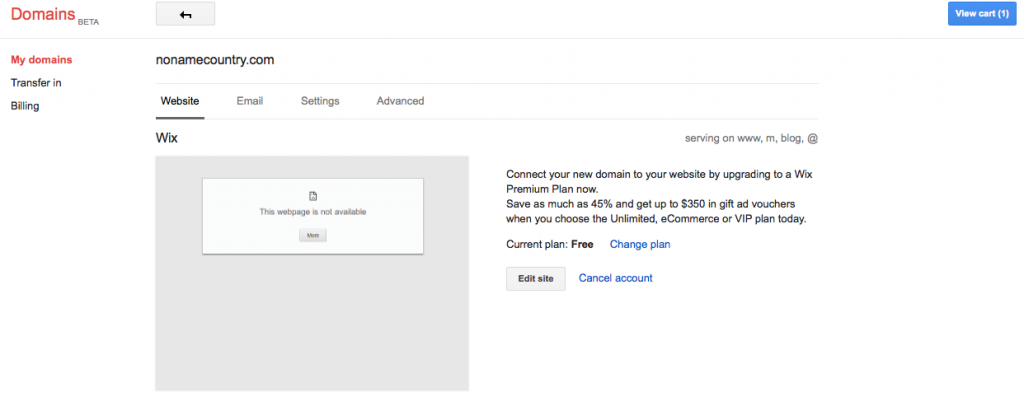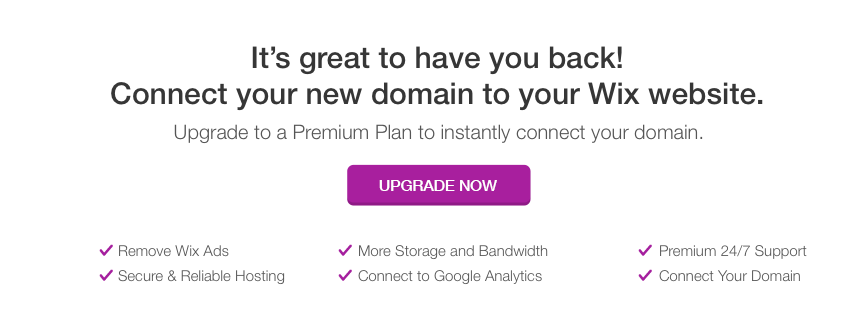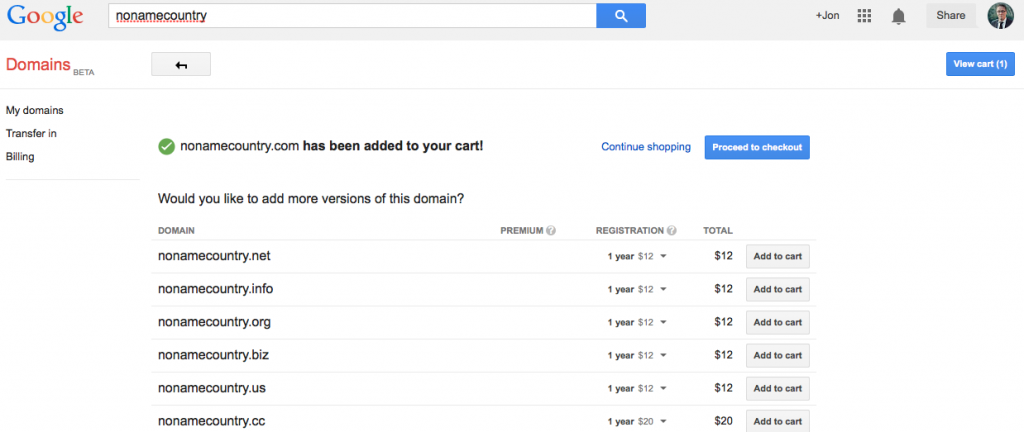The domain name business isn’t easy these days. Margins are squeezed by high competition and high acquisition costs, profitability depends on achieving a high attachment to additional services like email or hosting and cross-selling services like privacy, security, or “premium registrations”, and the regulators are requesting more diligence with data verification. Add to that the basic fact that domain names aren’t as sexy a proposition as they once were, due mainly to Google improving their algorithms to remove spammy parked pages from their index, and the explosion of social media and mobile apps. Businesses now have a multitude of choices to go online that don’t require a domain name.
GoDaddy, well-known as the domain name business with the risqué ads are heading towards an IPO and seem to recognise the threat to their traditional business. In fact their prospectus focuses on their core focus as offering businesses a means of “claiming your digital identity” as the “first step to operating a modern business today”. With net losses in 2013 of just under $200 million on business with over 55% of their revenue attributable from domains, it’s pretty clear that GoDaddy also see their future in the higher margin and faster growing hosting and presence categories.
So I was fascinated when Google announced they were launching a domain name registrar business. With a highly profitable search advertising business Google can afford to shake up the domain name business and challenge the common model of usig domains to acquire customers at a loss, aggressively cross-sell lots of stuff, and hopefully retain the customers to charge a higher renewal fee in the second or third year. Like the airlines GoDaddy’s pricing model is deliberately anything but simple. For most domain businesses revenue and profitability requires a confusing pricing model.
I’ve just checked out Google Domains (currently in BETA and not available in Australia) and I wasn’t disappointed. What Google have done is a massive challenge to the market leaders and will likely accelerate consolidation in the top 10 global registrars.
First impressions are good. The interface is simple, functional, and consistent with Google’s material design principles.
The domain search includes premium domains, standard domains, and a name spinner that does a reasonable job at suggesting related names. New TLD’s like guru, tips, today, and centre are included by default, but the search algorithm isn’t smart enough to recommend that if I search for victoriansurfingguru.com I may want victoriansurfing.guru not victoriansurfingguru.guru.
Typical of most good domain search experiences domains that not available are not shown. Google obviously have no interest in cross-selling questionable domain name back-orders which makes the process very simple and easy to understand. Importantly, the search results are return very quickly. In fact it may be the fastest domain search tool I have used.
It’s also easy to add multiple domain names to an order. Click add to cart, the cart is updated and I have the opportunity to continue shopping or checkout.
The pricing is very simple and easy to understand. This may be one of the key differentiators for Google Domains. Rather than paying a cheap price for the registration, and then being stung with a higher price for renewals, the registration and renewal pricing is the same – $12 for a .com and $28 for a new TLD like .guru.
Adding contact information was easy because Google already had my account details and I only needed to provide basic contact information.
Private registration is a massive driver of profitability for domain registers with most charging around $10 for the privilege of hiding your contact details in the Whois database. Some like web.com even charge monthly fees to drive increased ARPU. Google are doing it differently, including privacy protection through whoisproxy.com Ltd for free and offering the opportunity for enabling or disabling it at the time of ordering. There are a few use-cases where ownership of a domain name needs to be proven so bing able to easily turn it on or off at no cost is a great feature and demonstrates how Google have focussed on creating a great customer experience at the expense of revenue and profitability.
Payment is made through Google Wallet and was pretty straightforward. I was surprised that my Australian credit card worked given Google Domains is technically not available in Australia, but happily it did, and was the proud owner of nonamecountry.com (don’t ask).



Managing the domains was as easy as the registration process. In fact if you’re logged-in and try and visit domains.google.com, Google will direct you straight to a view of all your domains. No logging in, and clickity-soup with various annoying upsells and cross-sells.
Auto renew is provided as an option and included as a recommended feature in the confirmation email as a hassle-free option. this means Google are for real about retention. The terms and condition for renewals are pretty straightforward and the policies don’t include a provision for tipping the domain into the secondary market after expiry, another typical money-spinner for domain registrars.
Becoming a registrar is obviously part of Google’s strategy to make it easier for businesses and individuals to buy and launch websites. After working with various registrars and website builders globally as part of the now moth-balled Getting Business Online initiatives, Google have decided that the easiest way to help folks get online is to firstly make domain acquisition easy, and then offer a range of website builders rather than one.



Understandably, enabling Google services like Google Apps or App Engine is made very easy with something that Google call “Synthetic records” which they tout as being “unique to Google Domains”. This is sort of confusing but basically Google are extending the standard DNS by making it easy to add Google services.
I enabled both Google Apps and the Wix website service and the system was smart enough to keep both. A lot of registrars don’t get this basic stuff right and it is gratifying to see a process which hides most of the confusing DNS stuff from the punters. The system is also smart enough to know that if you try and enable web forwarding with an active service you may mess things up, warning that you should first unlink the active subscription.
In summary, if I was (still) in the domain name business I would be very concerned about how easy Google have made it to register, manage, and activate domain names. In doing so, they have smashed a bunch of key pillars of the domain industry like complex and confusing pricing models, expensive private registration, service-lock in, and in most cases, sloppy user interfaces. Google Domains is a triumph of design thinking over business-first thinking, It will be interesting to see how GoDaddy and other registrars react.






Hello,
The price of wix plans are the same than wix.com or there is discounts ? Thanks to give me prices of the wix plans from Google domains please